116 CD / Wolfgang Amadeus Mozart: The Piano Quartets KV 478 and 493
The Gaede Trio Series Vol. VIII
Wolfgang Amadeus Mozart
The Piano Quartets KV 478 and 493
Gaede Trio
Markus Schirmer, piano
EAN/barcode: 4009850011606


Description
"Mozart’s Piano Quartets K 478 and 493 with the wonderful German Gaede String Trio and the outstanding Austrian pianist Markus Schirmer: this is pure chamber music delight, highly sensitive and exciting, sensual and fresh as the dew, clever in its formal and concertante calculation: here Mozart allows for both common obscurity and lively dialogue." (Tirol online)
4 reviews for 116 CD / Wolfgang Amadeus Mozart: The Piano Quartets KV 478 and 493
You must be logged in to post a review.

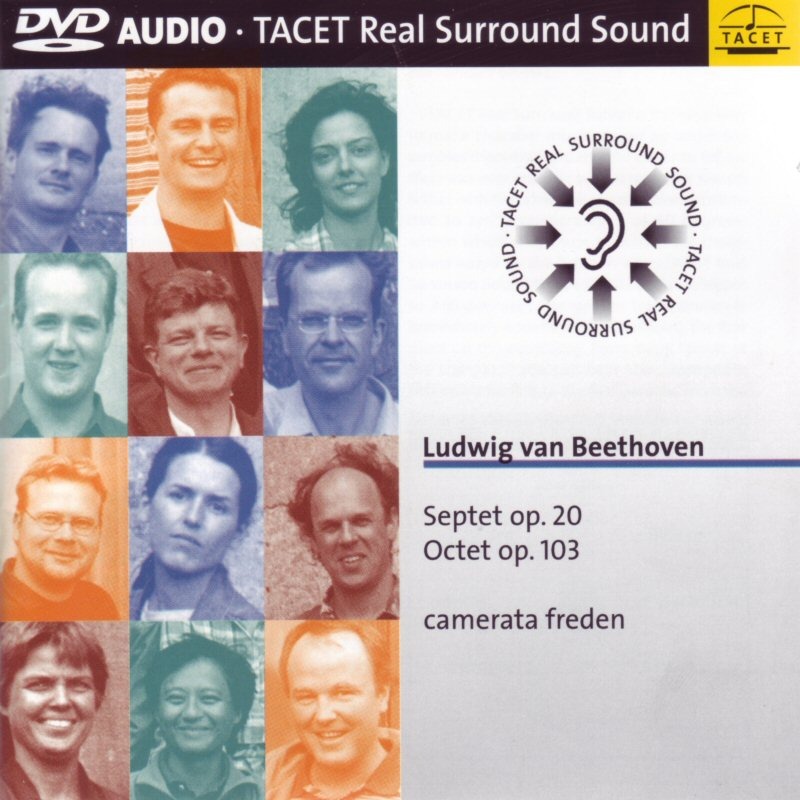
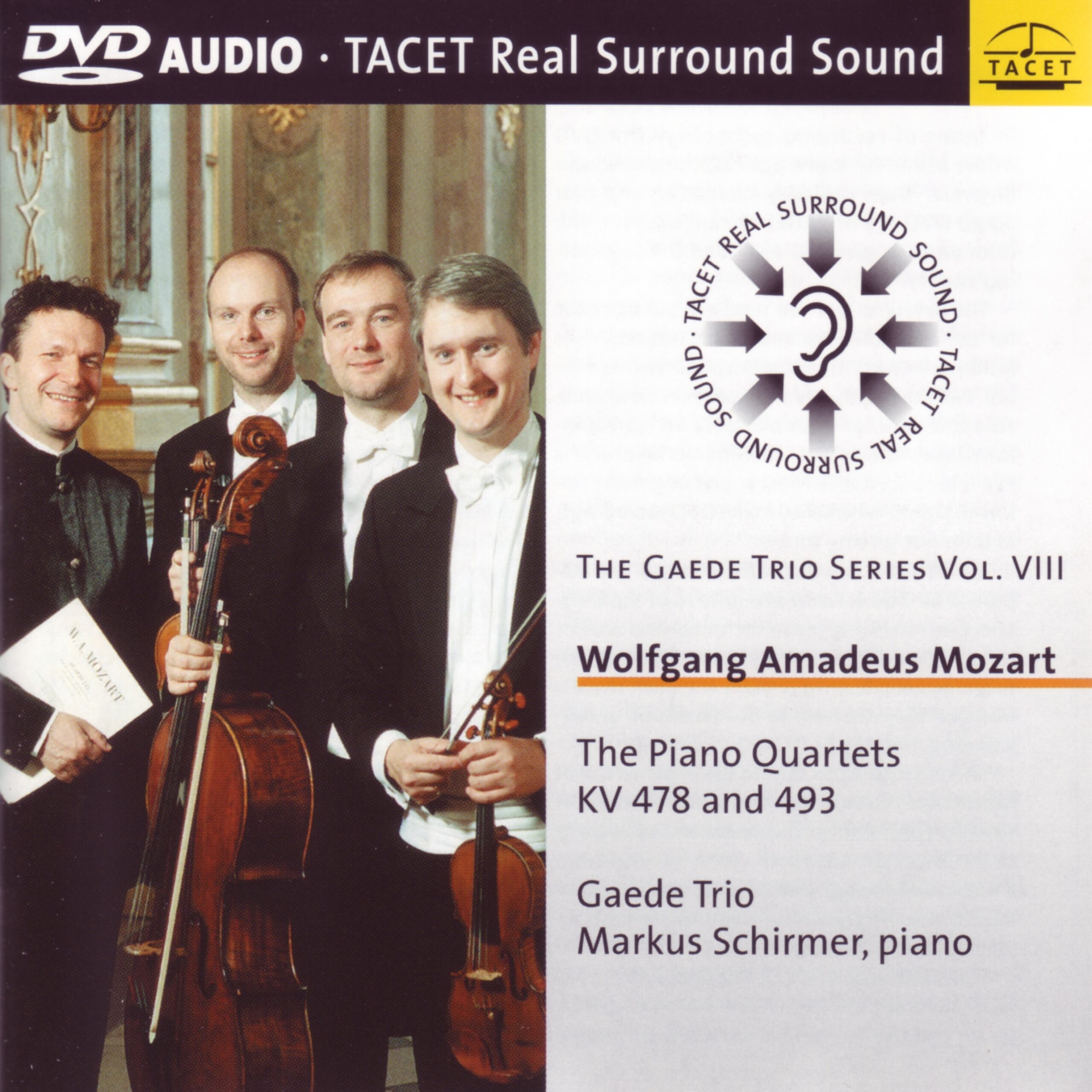
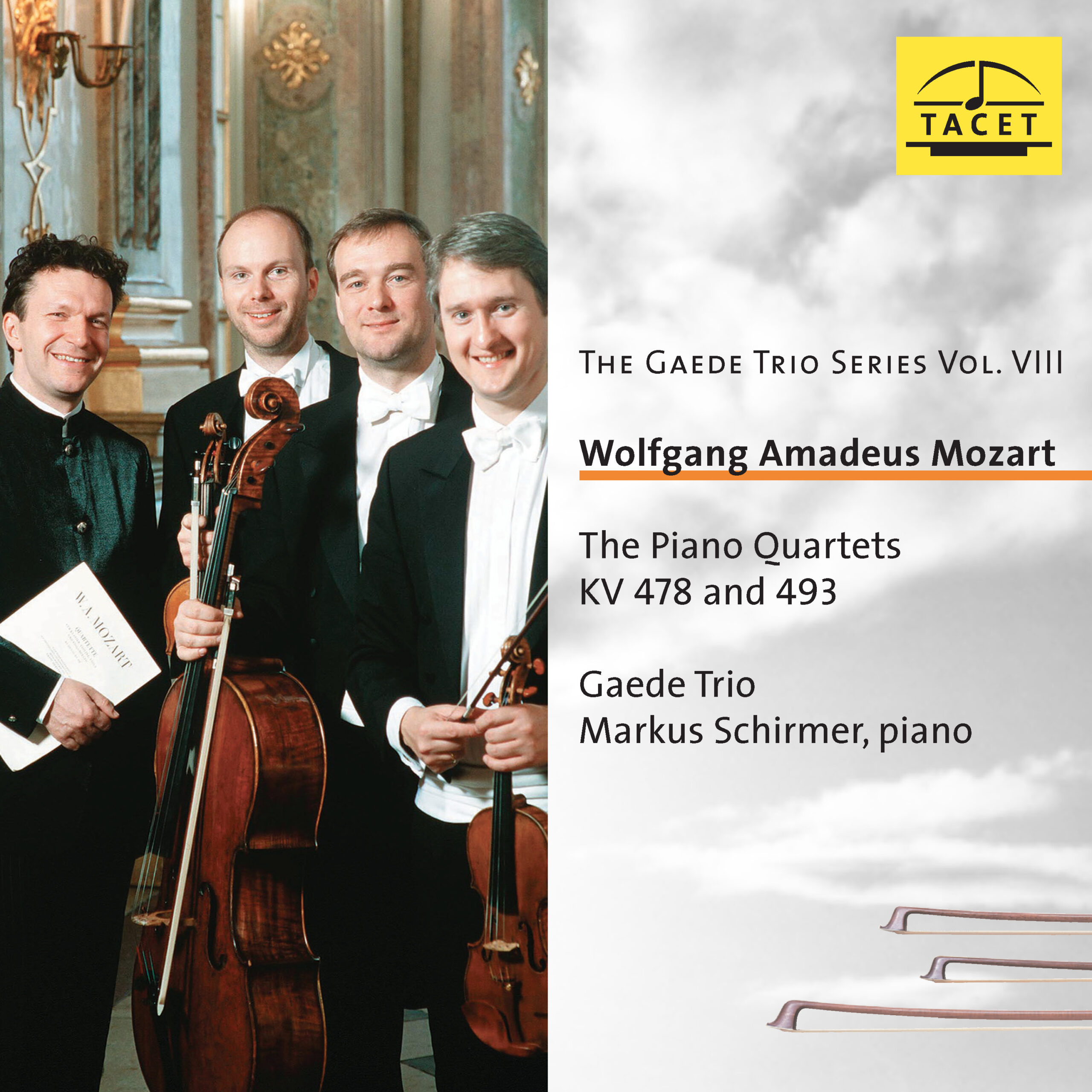
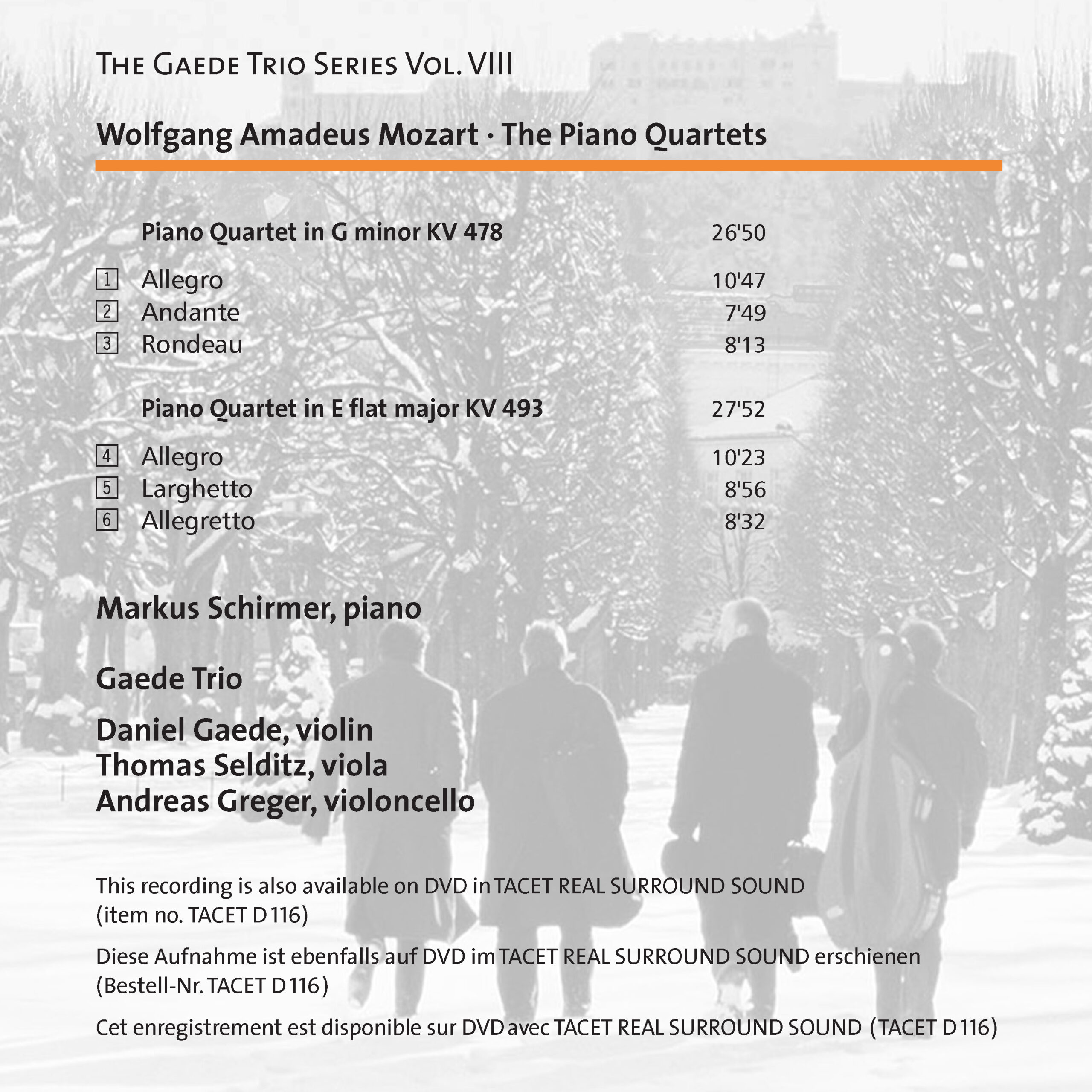
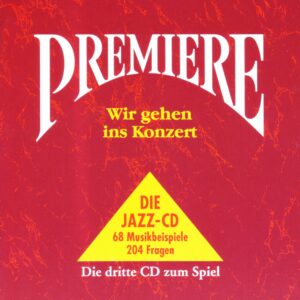
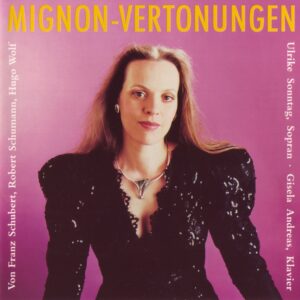
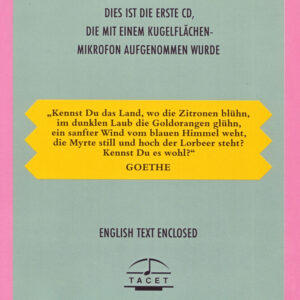
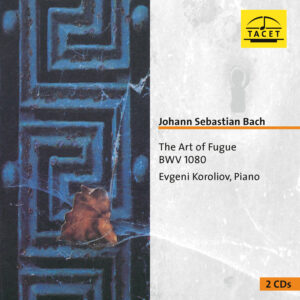
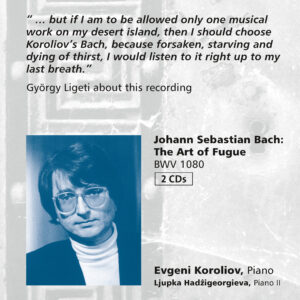
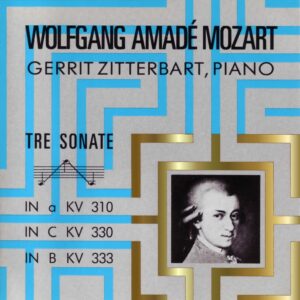
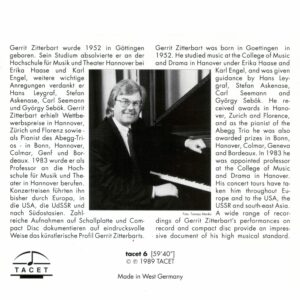
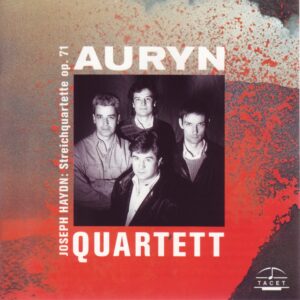
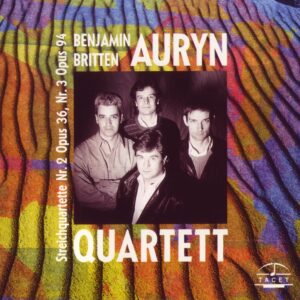
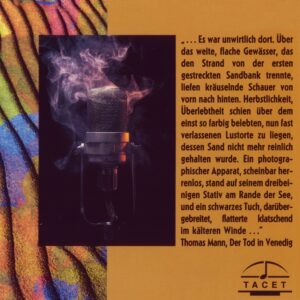
Audiophile Audition –
These two wonderful quartets have been audiophile touchstones ever since the Amadeus Quartet (three of them, anyway) and Clifford Curzon recorded them for Decca in the 1950s. Those performances were full of personality, charm and fire, and the sound (at the time) seemed alive and rich in color (today, it sounds a little harsh and aggressive). Along the way there have been fine recordings by many illustrious ensembles, on both modern and original instruments, of which the best purely in terms of sound may have been the musically limpid RCA version with the Guarneri Quartet and Artur Rubinstein.
Now, from the German audiophile label Tacet, comes a version that banishes the competition, combining the musical sparkle and sparkle of the early Decca version with the sumptuous sonic radiance of the RCA. The sound, in fact, is so clear and natural that it is like being in the room with the musicians. Operating at moderate speeds, the way the young Austrian pianist Markus Schirmer rolls out phrases as if they were pearls, the way he illuminates the music with a luminous inner elegance, and the way he occasionally adorns the music with ornaments of exceptional originality and delight, leaves no doubt that, for this one release at least, here is a major talent. This is not to say that the very excellent Gaede Trio takes a mere supporting role, for they play as gloriously as on their Tacet recordings of Mozart’s String Trio, KV 563, and their extremely gorgeous transcription of Bach’s Goldberg Variations.
I reviewed the 44.1 CD version (numbered just plain 116), but it is hard to imagine anything more musically and sonically satisfying than this CD. Thomas Seedorf’s curious liner notes are quite endearing, especially in an English translation that seems like a gentle parody of German syntax.
Ed.: I’ve just auditioned the surround DVD-A, and whether a listener would consider it more musically and sonically satisfying depends on how open they are to the alternative use of the acoustic space made by producer Andreas Spreer. He works from the idea that any sound-carrier is a synthetic product and feels that using the surround field to place the listener in the middle of the performance is more interesting and involving. Thus on the first of these quartets we have the viola at the center speaker, the piano on the right side, the violin on the left speaker and the cello on the left rear surround speaker. For the second quartet the violin/cello and the piano change places. Personally I’m beginning to get used to this, find it much more involving, and in fact find the standard frontal placement of instruments on other recordings a bit boring. But I can imagine some listeners might be freaked out.
Laurence Vittes
Fono Forum –
Perfect Harmony
It’s rare for these works not to relegate the second violinist to the sidelines—but luckily, that’s not the case here. When the Gaede Trio and Markus Schirmer play, you get the sense that a self-contained ensemble and a soloist have found each other on the same wavelength—not four reluctant star soloists forced to hold back. The concertante quality of this chamber music is fully embraced, always with high cultivation, while the tension between intimate ensemble and virtuoso grandeur is expertly mined. The final ounce of brilliance and crisp attack dissolves into the acoustics of Frankfurt’s Festeburgkirche, leaving things just a touch classically balanced.
M.Kr.
WDR –
In times like these, we long for bursts of innovation, new perspectives, and opportunities for development. In politics and economics, decision-makers and officeholders scan the horizon with anxious eyes, searching for the mechanisms of progress. They invoke terms, models, and visions—doing everything possible to finally announce light at the end of the tunnel.
No, this is not about another installment of "the issues of the day" under the guise of economic policy. It’s not about reports from coalition negotiations. This is about music—music that fulfills everything today’s officeholders and business leaders only dream of.
Among the most innovative composers of all time was Wolfgang Amadeus Mozart: not only is his psychological portrayal of operatic characters unparalleled, but in instrumental music, too, he pushed history forward. One of his "inventions"—with far-reaching consequences—was the genre of the piano quartet. The two works Mozart wrote for string trio plus piano have now been recorded by the Gaede Trio together with pianist Markus Schirmer for Tacet.
Mozart composed his two piano quartets in 1785/86. These are quartets that go far beyond Goethe’s apt description of the string quartet as a "conversation among four reasonable people." In Mozart’s piano quartets, the music often transcends cultivated dialogue: here, players step into the foreground, display their vanity, and perform with unbridled virtuosity.
And yet, at other times, it’s about holding back, integrating oneself into carefully crafted passages of intense thematic work. All of this characterizes the piano quartet as a genre, beginning with Mozart’s G-minor work. Just think of the piano quartets by Schumann, Dvořák, or Brahms—to name only the most famous. Mozart’s G-minor Quartet is the cornerstone of the genre—but it is also, incidentally, a contribution to the "G-minor discussion". In the 1770s and 1780s, the key of G minor stood for rough-edged intensity, evoking Sturm und Drang with its untamable vitality rather than the balanced instability of the Viennese Classical style.
Finding an ensemble for piano quartets is no easy task: one might try a piano trio with a guest violist, or a string quartet minus one violinist plus a pianist. In both cases, however, these are compromises—if one takes Mozart’s scores as the starting point. They speak a clear language: a string trio is pitted against a piano. And so the casting for this recording could not have been better chosen: first, there is a string trio—the Gaede Trio. Far from unknown in the scene, it is in fact one of the most in-demand string trios today. The ensemble’s recordings, including this one, impress with technical perfection and a deep understanding of musical texture. The trio plays with flexibility and vigor, sometimes standing up to the pianist, sometimes carrying him along, as needed. Markus Schirmer remains undeterred: he sets the tone—subtly but firmly, demanding yet never overbearing, reserved but never melancholic. These are the hallmarks of his Mozart interpretation. In clarity and adaptability, he is the equal of the trio.
Mozart in a single, seamless cast—there is nothing more to say about this recording.
Michael Krügerke
Tiroler Tageszeitung –
Mozart’s Piano Quartets K 478 and 493 with the wonderful German Gaede String Trio and the outstanding Austrian pianist Markus Schirmer: this is pure chamber music delight, highly sensitive and exciting, sensual and fresh as the dew, clever in its formal and concertante calculation: here Mozart allows for both common obscurity and lively dialogue.
u.st.